Taro (Colocasia Esculenta), known also by the common name Colocasia, is a tropical plant used by people in different parts of the world for food. Taro is a root vegetable but should not be eaten raw because it is toxic. If subjected to good sunlight and humidity, the plant can have up to 5-6 leaves but often has 3.
It originates from Hawaii and Fiji and possesses very large heart-shaped green leaves. The taro leaf can span out to 3 ft (1 m) in width, which is why it's called "elephant ear" in some countries.
Legends say that the 3 leaves of the taro plant represent grandmother, mother and daughter. When one of them falls away, the others cry.
Composition of Taro
Taro is an exceptionally beneficial plant. It contains numerous valuable substances and elements. The ones in the greatest amounts are omega-3 and omega-6 fatty acids, proteins, iron, calcium, magnesium, manganese, selenium, vitamins В1, В2, В3, В5, В6, В9, fibers, carbohydrates, natural fats.
Growing Taro
Taro has specific needs and is not very easy to grow. It is propagated using cuttings. It requires a relatively large pot because it develops a very strong root system with time.
The ideal time for transplanting it is in mid spring when temperatures begin to rise.
One of the most important factors for the successful growth of taro is the amount of water it receives. It requires moderate watering and if too much water is used, the roots can rot.
This is also the most common form of disease in the plant. It is important to keep the air around the taro plant humid by periodically pulverizing it.
Pick a well-lit area for taro that is away from direct sunlight at the same time. Taro comes from warm regions so try to provide it warm and humid conditions.
Soil mixtures of sand, peat moss, clay are appropriate for the plant. A proper drainage must also be provided. During the active period (from spring to fall), taro needs to be fed special fertilizer.
Taro needs to be protected from mites and flea beetles. If its leaves begin to yellow, it means the air around it is dry and it needs more water.
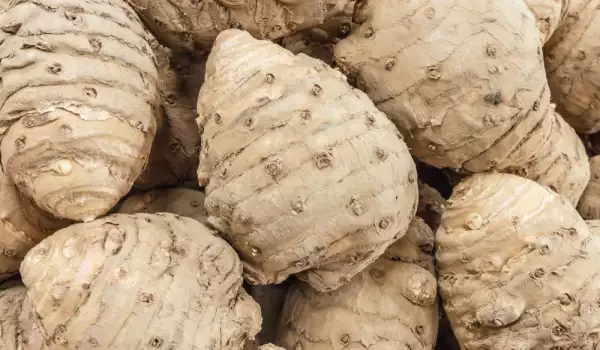
A characteristic process in taro is the so-called "guttation", a sort of "crying" seen in plants. Droplets are released by the leaves, which in taro are toxic and can cause allergic reactions.
Cooking with Taro
Taro is used in kitchens around the world - Brazil, China, Bangladesh, Japan, Jamaica, the Philippines, India, Polynesia, Turkey, Spain, Suriname, Taiwan, Vietnam, West Indies, USA. Taro is very popular in Hawaiian cuisine.
Different kinds of dishes are made with taro.
It can be cooked with meat, fish, crabs and is used as a seasoning for pastries and ice creams, tomato sauces, porridges and soups, baby purees and chips.
Keep in mind that taro is toxic, besides being healthy. Never consume it raw. In addition, it has small crystals - calcium oxalate. They protect taro from pests. Luckily, after heat treatment, taro is perfectly good for consumption.
Benefits of Taro
There are numerous alleged benefits of taro leaves. The plant is believed to improve vision, protect against and fight viral infections, moisten skin and the cornea of the eyes, protect against free radicals and have antioxidant effects, decrease light sensitivity, normalize blood sugar levels, maintain a healthy thyroid, improve nervous system functions.
Taro is said to decrease irritation and fatigue, improve lung condition and prevent frequent colds, speed up wound healing, protect against chronic diarrhea, maintain skin, bone, nail and tooth health.

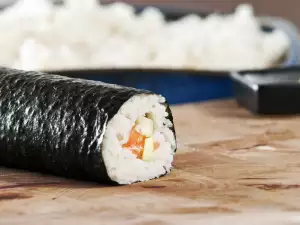
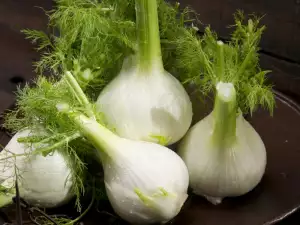
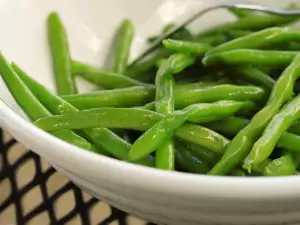
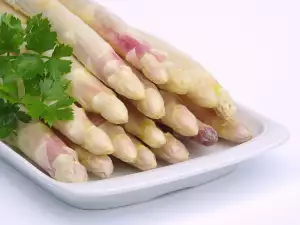

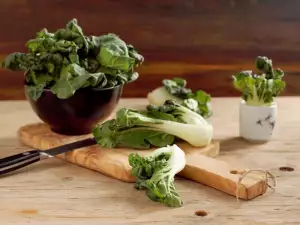
Comments